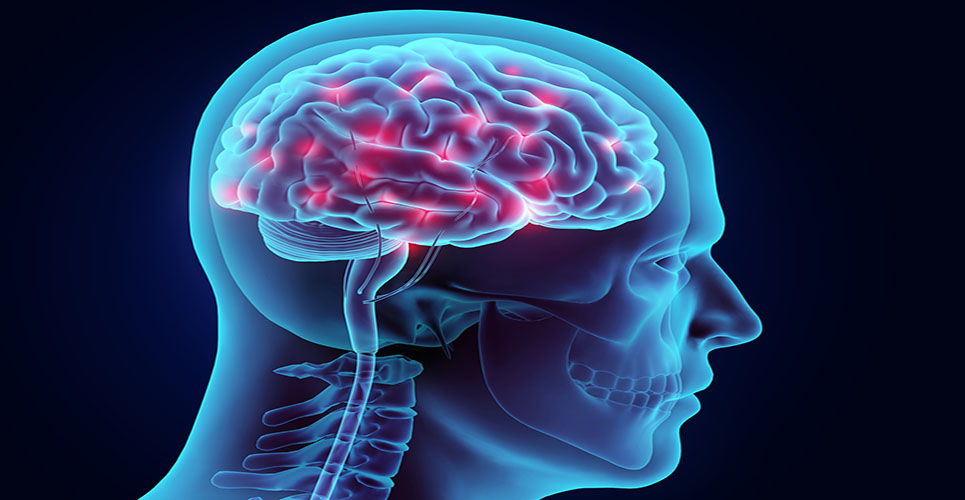Eli Lilly and Company has announced that the European Commission (EC) has granted marketing authorisation for Emgality® (galcanezumab) for the prophylaxis of migraine in adults who have at least four migraine days per month.1
Galcanezumab is a humanised monoclonal antibody that binds to the calcitonin gene-related peptide (CGRP), which plays a role in migraine attacks, blocking its downstream function.1 Galcanezumab is a once-monthly, subcutaneous injection that can be self-administered via an autoinjector pen or a pre-filled syringe, and has been shown to provide a greater reduction in monthly migraine headache days (MHD) and an improvement in functioning compared to placebo in three clinical studies.1
Migraine is ranked as the third most common disease in the world and the leading cause of disability among neurological disorders.2 It is a neurological disease characterised by recurrent episodes of severe headache, lasting 4-72 hours, accompanied by other symptoms including nausea, vomiting, sensitivity to light and sound, and changes in vision.3 Episodic migraine is characterised by those with migraine who have 0 to 14 headache days per month, while chronic migraine is characterised by 15 or more headache days per month.3
“Severe migraine is a debilitating disease with limited treatment options. This approval marks another major milestone for galcanezumab, and offers the potential for reducing the number and severity of migraine attacks for patients and improving their quality of life” said Dr Arash Tahbaz, Senior Medical Director UK and Northern Europe.
The marketing authorisation for galcanezumab is based on data from two six-month placebo-controlled Phase III trials,1 EVOLVE-1 and EVOLVE-2 in patients with episodic migraine, and REGAIN, a three-month placebo-controlled study,1 in patients with chronic migraine. Episodic migraine is characterised by those with migraine who have 0 to 14 headache days per month, while chronic migraine is characterised by 15 or more headache days per month.4 The primary endpoint for each study was to assess if treatment with galcanezumab could achieve a mean change from baseline of monthly MHDs compared to placebo. All three studies were able to achieve such a primary endpoint, in which patients treated with galcanezumab had statistically significant reduced mean monthly MHDs in the first month and every following month in the treatment period compared to placebo.

In EVOLVE-11 and EVOLVE-2,1 which studied patients with episodic migraine, the majority of patients (~60%) treated with galcanezumab achieved at least a 50% reduction, on average, in MHDs in any given month (p<0.001) compared to 38.6% and 36% of patients on placebo in EVOLVE-1 and EVOLVE-2, respectively. In these studies, more than one-third of patients achieved at least a 75% reduction, on average, in monthly MHDs in any given month (p<0.001) compared to 19.3% and 17.8% of patient on placebo in EVOLVE-1 and EVOLVE-2, respectively. One in seven patients (15.6%) were migraine headache-free in any given month in EVOLVE-1, on average (p<0.001) compared to 6.2% of patients on placebo.
The most commonly reported adverse drug reactions were injection site pain (10.1 %/11.6 %), injection site reactions (9.9 %/14.5 %), vertigo (0.7 %/1.2 %), constipation (1.0 %/1.5 %), pruritus (0.7 %/1.2 %) and urticaria (0.3 %/0.1 %). Most of the reactions were mild or moderate in severity.1
The authorisation follows a positive opinion from the Committee for Medicinal Products for Human Use (CHMP) that was received in September 2018.
References
- Emgality. Summary of Product Characteristics November 2018. REF 40116
- Steiner, TJ et al. Migraine: the seventh disabler. J Headache and Pain 2013, 14:1.
- Katsarava, Z., Buse, D., Manack, A., et al. Defining the Differences Between Episodic Migraine and Chronic Migraine. Current Pain Headache Reports 2012; 16: 86
- International Headache Society. The primary headaches. Migraine. https://www.ichd-3.org/1-migraine/1-3-chronic-migraine/Accessed on November 2018.
